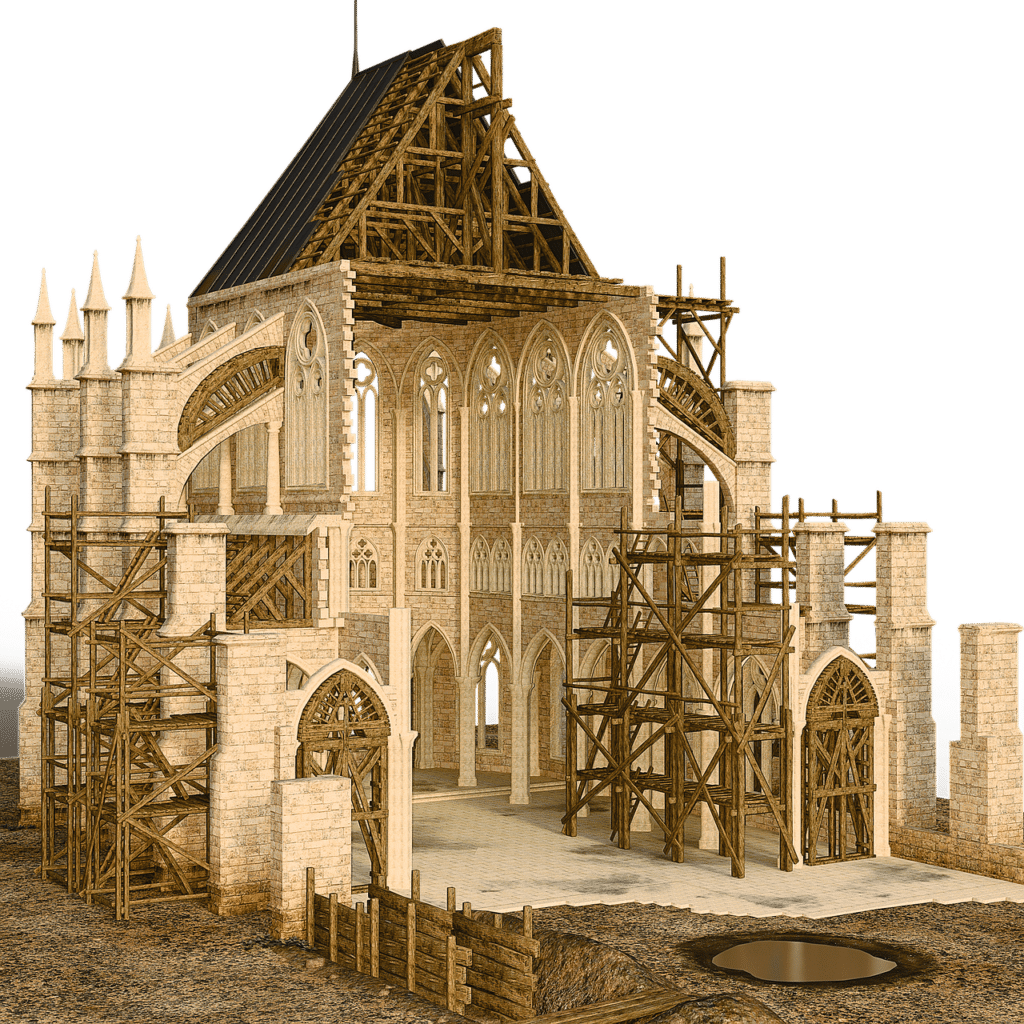
Welcome, builders? Are you ready to embark on a thrilling journey through the intricate world of model building? Whether you’re a data wizard or just a trivia enthusiast, this quiz promises a delightful mix of challenge and fun. Dive deep into the realm of algorithms, statistics, and everything in between with our 33-question brain teaser. But remember, no peeking at the answers!
I apologize for the oversight. Here’s a list of 33 questions and answers solely focused on model building:1. Which method in model building is used to assess the relationship between a dependent variable and one or more independent variables?
2. What is the name of the phenomenon where models with too many parameters tend to “memorize” the training data?
3. What technique is used to systematically divide a dataset into training and testing subsets?
4. Which algorithm is based on the principle of breaking down a dataset into smaller and smaller subsets?
5. What type of model outputs probabilities between 0 and 1 and is commonly used for binary classification tasks?
6. Which algorithm works by grouping similar data points together based on distance?
7. In the context of model building, what is “bias”?
8. Which ensemble method builds multiple decision trees and aggregates them for more robust predictions?
9. For handling imbalanced datasets in classification, what method creates copies of the minority class?
10. What is the primary purpose of a loss function in machine learning?
11. Which type of model is designed to capture sequential information, often used in time-series forecasting or natural language processing?
12. In neural networks, what function introduces non-linearity to the model, allowing it to learn complex relationships?
13. What technique reduces the dimensionality of data while retaining as much information as possible?
14. Which algorithm operates on the principle that birds of a feather flock together?
15. When building a model, what term refers to data that the model has never seen before during training?
16. What term is used to describe the transformation of non-numeric data into a numeric format for model building?
17. Which optimization algorithm is commonly used to adjust parameters in learning algorithms?
18. What regularization method adds a penalty equivalent to the absolute value of the magnitude of coefficients?
19. In the world of models, what term describes the ratio of true positives to the sum of true positives and false negatives?
20. Which evaluation metric is particularly useful for imbalanced datasets and is the harmonic mean of precision and recall?
21. What type of models are designed specifically to rank items, often used in recommendation systems?
22. Which technique helps prevent overfitting by dropping out random neurons during training in neural networks?
23. What model-building technique involves combining multiple models to produce a single predictive model?
24. In the context of unsupervised learning, which algorithm seeks to identify the inherent groupings in data?
25. What method is used to evaluate the performance of a model by dividing the dataset into “k” number of subsets?
26. In deep learning, what type of network is especially good at processing grid-like data such as images?
27. Which algorithm is based on the Bayesian theorem and is especially suitable for high-dimensional datasets?
28. What’s the term for the process of fine-tuning model parameters after initial training to further improve performance?
29. In time-series modeling, what component captures fluctuations that happen due to specific predictable events like holidays?
30. Which evaluation metric provides the area under the curve when plotting the true positive rate against the false positive rate?
31. What type of model-building approach starts by assuming that no variables are included and adds one variable at a time?
32. What’s the term used to describe a situation where the predictor variables in a regression model are correlated with each other?
33. In model building, what is the purpose of a validation set?
Congratulations on completing our model-building marathon! We hope your neurons had a good workout. If you enjoyed this quiz, you’re in for a treat. Trivia Bliss boasts a plethora of quizzes across various topics, just waiting for you to explore. Dive into another challenge and keep the trivia fun rolling with Trivia Bliss!
Leave a Reply